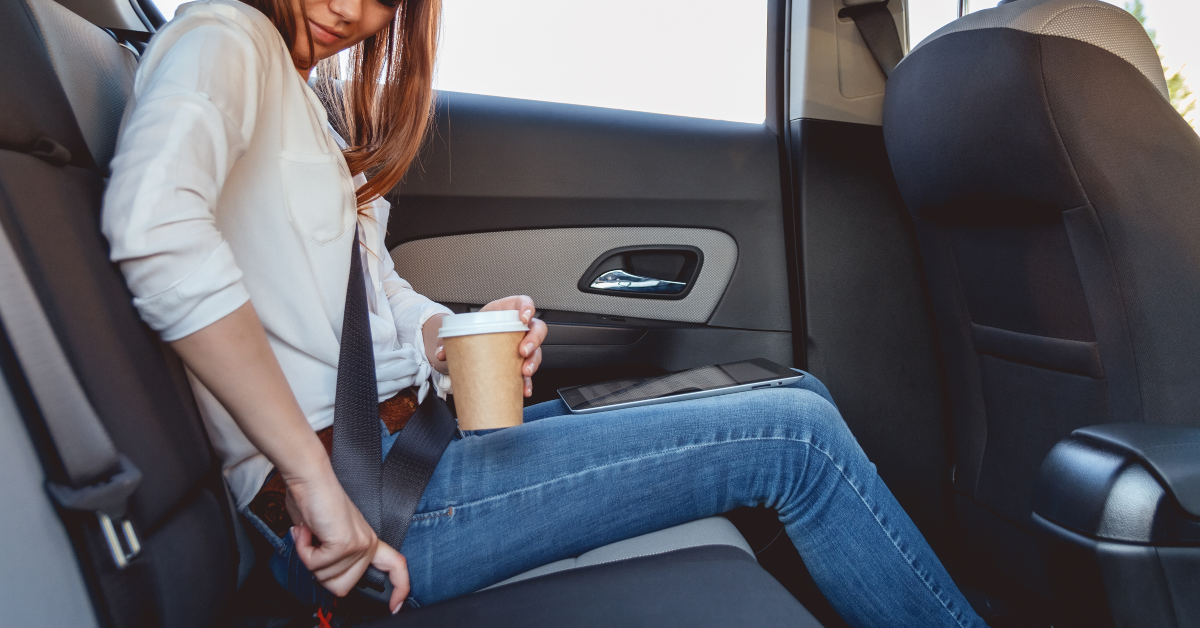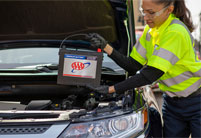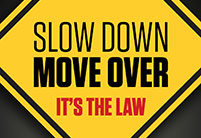Buckle up in the back seat
Buckle up in the back seat

Whether you are in the front or back seat, seat belts make every seat safer in a crash. There are common misconceptions that riding in the rear seat without a seat belt is not as dangerous as the front. To remind passengers of the dangers of riding unrestrained in the rear seat, the U.S. Department of Transportation’s National Highway Traffic Safety Administration (NHTSA) is teaming up with AAA Western and Central New York and the NY Governor’s Traffic Safety Committee (GTSC) with support from the Onondaga Traffic Safety Advisory Board (OCTSAB) and the New York State Police.
Launching a brand-new advertisement campaign in Central New York, NHTSA aims to motivate passengers to buckle up 100% of the time. Wearing your seat belt when riding in the back reduces the likelihood of serious injury or death in the event of a crash.
“It is imperative to buckle up all the time for every trip, no matter who is driving or where you are sitting,” said GTSC Chair and DMV Commissioner Mark J.F. Schroeder. “Wearing your seat belt has been proven to be one of the best and most effective ways to save your life and the lives of others during a crash.”
Prior to 2020, passengers over the age of 16 in New York State were not required to wear a seat belt in the rear seat of a motor vehicle. In November 2020, New York joined the list of 20 states that require all passengers to wear a seat belt regardless of where they sit in passenger vehicles.
According to the Fatality Analysis Reporting System (FARS), teens and young adults ages 16-24 are least likely to buckle up and most likely to die compared to any other age group in New York State. Seat belts use unequivocally reduces the risk of injury and death for all vehicle occupants. Rear seat occupants who fail to buckle up are:
- 2x more likely to be killed
- 8x more likely to be seriously injured
- 2x more likely to kill a front seat occupant by becoming a projectile
A 12-month analysis of crash data after the expansion of the New York State seat belt law found only 79% of rear-seat adult passengers in a speeding vehicle were restrained at the time of the crash. In recent test groups, NHTSA also found that women are more likely to buckle up in the front seat, however, they are not as likely to buckle up in the rear seat.
“That’s what this campaign is about, coupling public information, education and other outreach efforts to get people to buckle up and stop riding unrestrained in the rear seats,” said Richard Simon, Regional Administrator at NHTSA, Region 2. “The difference between the likelihood of [women] buckling up in the front versus the rear seat is a fairly large gap, and we’re here to see what we can do to minimize it.”
The “Buckle Up in The Back” campaign aims to reverse the data, which identifies a lower rate of seat belt usage among passengers in rear seats. Nationwide in 2020, 1,625 second-row passenger vehicle occupants were killed in motor vehicle crashes. Of the 1,625 people, 587 (36%) were restrained and 857 (53%) were unrestrained at the time of the crashes.
“We’ve seen firsthand, through research and statistics, how important it is to buckle up — and not just in your own car, but also in ride-shares like Uber and Lyft, and taxi cabs, where a lot of people tend to neglect rear seat belts,” said Elizabeth Carey, Director of Public Relations at AAA Western and Central New York. “We want to make sure that no matter what car you’re in, no matter which seat you’re in, that you’re buckling up because it’s so important to protect the safety of everyone out there on the roads."
We're committed to helping everyone stay safe on the road and off. Learn more AAA safe driving tips:












